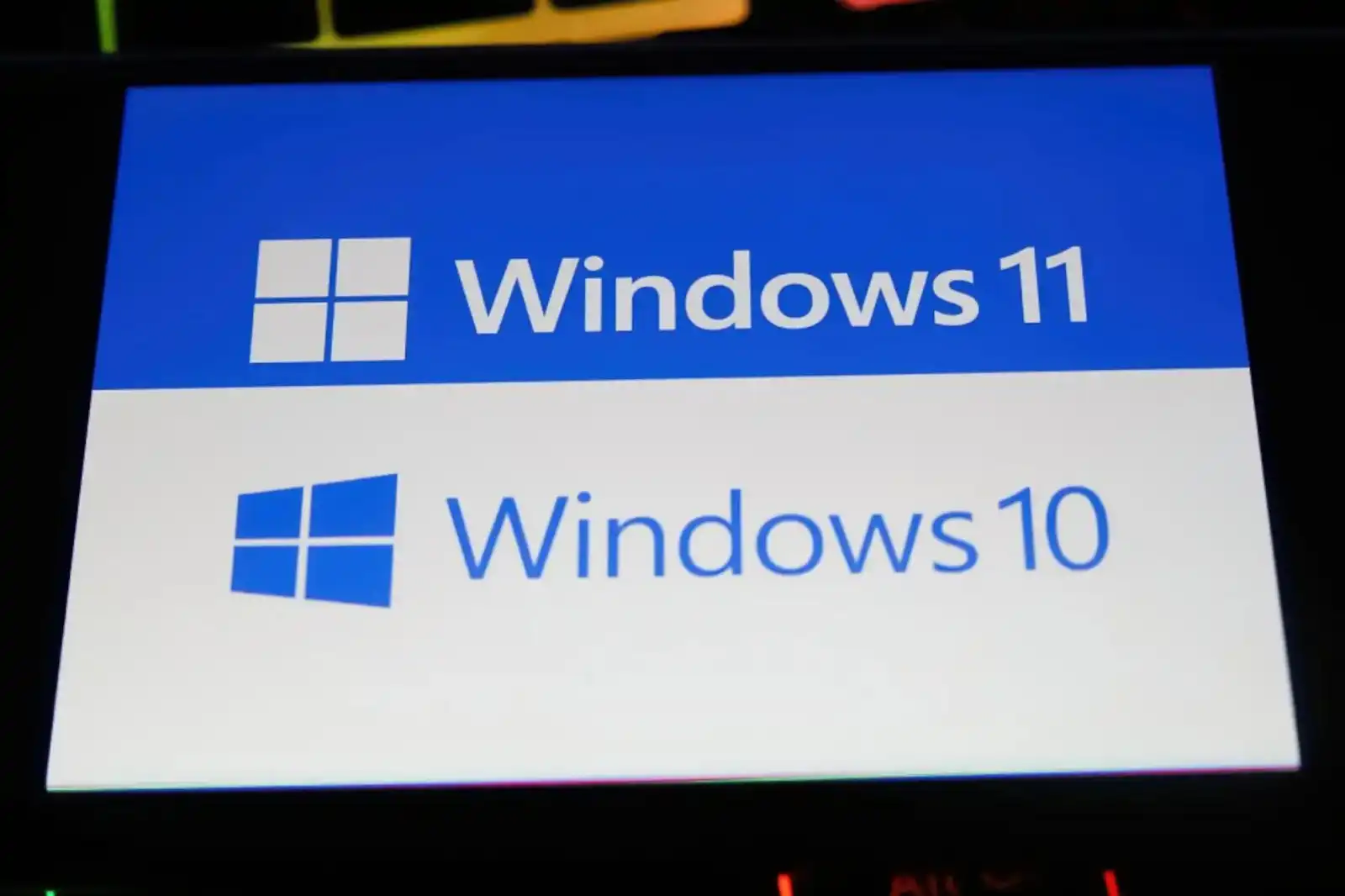You spot an insane deal on Amazon. You click to buy as fast as you can so nobody can swipe it from you. You receive the product and it doesn’t seem like a counterfeit. You won! All good, right?
But a few weeks later, you’re surprised by a debt collection letter or even a fraud report for an order you never placed. Sorry to say, you’ve been hit by triangulation fraud.
Keep reading to learn how a triangular scam works, what to look for, and what to do if you find yourself a victim of it.
Triangulation fraud on Amazon and how it works
Triangulation fraud involves three people: the buyer (you), the scammer, and a legitimate seller with a legitimate product.
It all starts with the scammer, who puts up a fraudulent listing on a marketplace that allows third-party sellers. For example, Amazon. (But it could certainly happen elsewhere, too.)
This fraudulent listing is usually for a popular big-ticket product, and the listed price is significantly lower than you’d normally see for it. Not only does this make the deal more enticing, it puts time pressure on you to buy ASAP because you don’t want to miss out.
Once you buy the fraudulent listing, the scammer pockets your payment and then uses stolen payment information (that they acquired elsewhere) to order a genuine copy of the product from a legitimate seller. The product arrives on your doorstep and you’re none the wiser.
However, the legitimate seller will likely face chargebacks because the product was ordered fraudulently—they’ll be forced to refund the stolen payment method, pay extra chargeback fees, and lose out on the product that now resides with you.
In some cases, the legitimate seller may try to reach out to you for the product back, which you might ignore because you never actually ordered from this seller. This could also lead to debt collection letters or fraud charges.
On the flipside, if your credit card details are ever stolen, you could be the one who spots fraudulent purchases on your statements because a scammer is using your information to conduct triangulation fraud.
What to do about triangulation fraud
You should always be vigilant when shopping online. Be suspicious of offers that seem too good to be true—because they usually are.
Tip: Compare the prices of a product on different platforms.
When you receive a package, be sure to check the sender’s address to make sure it comes from the actual seller from whom you bought. If it comes from someone else, they’ve likely dropshipped to you—and it’s possible that they did so using stolen payment info.
Always use secure payment methods that offer buyer protection or chargeback options, such as credit cards and PayPal.
If you’re the victim of fraud, proceed as follows:
- Press charges: Contact the police and press charges.
- Inform the legitimate seller: Approach the legitimate seller who shipped you the product and explain the fraud.
- Notify Amazon: Report the fraud to Amazon so that the scammer’s fake listings are taken down.
- Contact the payment service provider: If you see fraudulent purchases on your own statements, contact your payment service provider and request refunds.
With these measures, you can protect yourself against triangular fraud and react correctly when it happens to you. Stay vigilant and don’t be fooled by supposed bargains.
This article originally appeared on our sister publication PC-WELT and was translated and localized from German.




